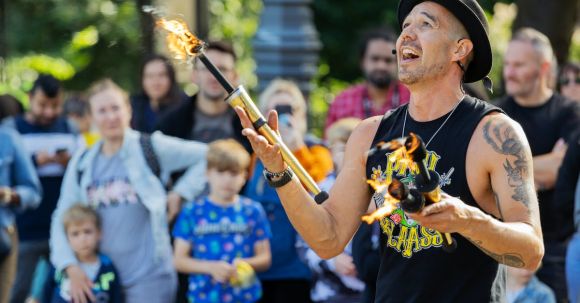Every athlete dreams of reaching their peak performance level. Whether you are a professional athlete or a recreational sports enthusiast, sports-specific training can help you achieve your goals. This type of training focuses on the specific demands of your chosen sport, helping you develop the skills, strength, and endurance needed to excel. In this article, we will explore the benefits of sports-specific training and provide some tips on how to incorporate it into your fitness routine.
Understanding the Importance of Sports-Specific Training
Sports-specific training is designed to mimic the movements, energy systems, and physical demands of your chosen sport. By tailoring your training to your specific sport, you can improve your overall performance and reduce the risk of injury. Unlike general fitness training, which focuses on developing overall strength and cardiovascular fitness, sports-specific training hones in on the specific skills and physical attributes required for your sport.
Enhancing Skill Development
One of the primary benefits of sports-specific training is its ability to enhance skill development. By incorporating drills and exercises that mimic the movements and techniques used in your sport, you can improve your muscle memory, coordination, and timing. For example, if you are a tennis player, incorporating drills that focus on footwork, agility, and racket control can help you refine your skills and become a more proficient player.
Improving Strength and Power
Sports-specific training also focuses on improving strength and power in the muscles used most during your sport. By incorporating exercises that target these specific muscle groups, you can develop the explosive power and strength needed to perform at your best. For example, if you are a basketball player, incorporating exercises that target your leg muscles, such as squats and lunges, can help improve your jumping ability and overall power on the court.
Increasing Endurance and Stamina
Endurance and stamina are crucial for any athlete, regardless of the sport. Sports-specific training can help you develop the cardiovascular fitness needed to sustain high-intensity efforts for longer periods. By incorporating interval training, circuit training, and long-distance runs specific to your sport, you can boost your endurance and stamina, allowing you to perform at a higher level for longer periods.
Incorporating Sports-Specific Training into Your Fitness Routine
Now that you understand the benefits of sports-specific training, let’s explore some tips on how to incorporate it into your fitness routine.
1. Identify the specific demands of your sport: Take the time to analyze the movements, skills, and physical attributes required for your sport. This will help you tailor your training program to address these specific areas.
2. Consult with a coach or trainer: If you are unsure how to design a sports-specific training program, seek guidance from a coach or trainer. They can help you identify weaknesses and develop a plan to address them.
3. Focus on skill development: Incorporate drills and exercises that mimic the movements and techniques used in your sport. Practice these skills regularly to improve your muscle memory and coordination.
4. Include strength and power exercises: Incorporate exercises that target the muscles used most during your sport. Focus on developing explosive power and strength in these muscle groups.
5. Prioritize endurance and stamina training: Incorporate interval training, circuit training, and long-distance runs specific to your sport. Gradually increase the duration and intensity of these workouts to improve your endurance and stamina.
Conclusion
Sports-specific training is a vital component of any athlete’s training program. By focusing on the specific demands of your sport, you can enhance skill development, improve strength and power, and increase endurance and stamina. By incorporating these training principles into your fitness routine, you can take your performance to new heights and achieve peak athletic performance. Remember to consult with a coach or trainer to design a program tailored to your specific needs and goals.





